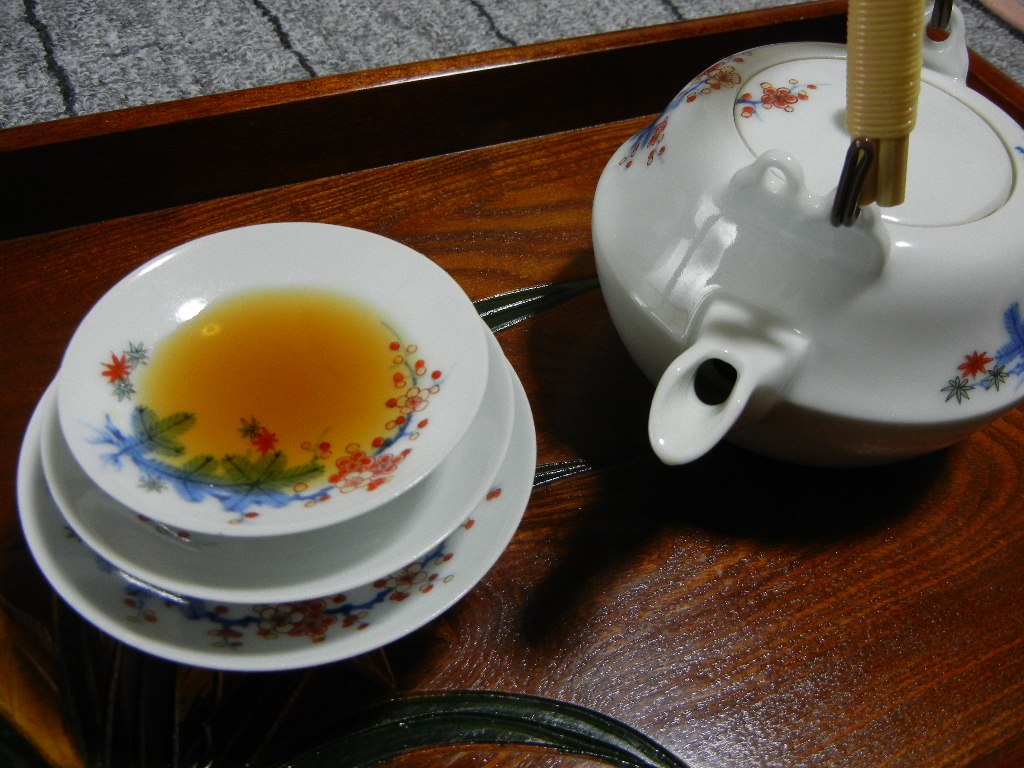Sep 30, 2024
What Makes Kumamoto Sake So Special?
Although sake is the most famous Japanese alcoholic beverage, in Kumamoto (and, in fact, on the entire island of Kyushu), shochu is more common. Nonetheless, Kumamoto has a strong sake culture and creates a drink that is unlike what you find elsewhere in the country. To understand why that is, we need to go back to the beginning.
Akazake, the Red Sake
From around 1600 to near the end of the 19th century, Kumamoto was only permitted to produce akazake, which has an alcohol content of around 9% to 12% (compared to the 13% to 17% of sake). The name “akazake” literally means “red sake” — its color is due to the wood ash added as a preservative.
Akazake has a quite different taste to regular sake. The extra-sweet flavor means it is usually consumed only in small amounts on special occasions, but it’s also used as an alternative to mirin in cooking.
Kumamoto Starts Producing Sake
The high tax on alcohol means sales are a good source of revenue for the government. In the early 20th century, with sake once again allowed in Kumamoto, the Japanese government was trying to increase sake sales by improving the quality of the beverage. Nojiro Kinchi was sent to the Kumamoto Tax Office in 1903 with the task of teaching brewers to produce sake to the same standard as the rest of the country. This was a challenge because Kumamoto brewers were learning techniques for the first time, whereas producers elsewhere in the country were working with centuries of knowledge.
One of the main things Nojiro Kinchi did was develop Kumamoto yeast. He created this for the southern climate, where temperatures are higher than much of the rest of the country during the winter, which impedes fermentation. Using Kumamoto yeast results in a consistent flavor with a unique profile: the sake is aromatic and mildly acidic. This yeast is ideal for all types of sake — from dry to light. When temperatures are warm, it’s particularly excellent at producing ginjo sake, which is more fragrant. Ginjo sake has been effective at attracting wine drinkers to sake.
Reasons Why Kumamoto Sake Tastes So Good
Kumamoto sake is delicious due to more than just the yeast. For one thing, Kumamoto has large reserves of groundwater. This water emerges in around 1,000 freshwater springs around the prefecture. First, though, it is filtered by volcanic strata and forest soil, which removes impurities, leaving high-quality mineral water. Furthermore, Kumamoto is famous for its rice and has a variety specifically developed for sake.
Where to Try Kumamoto Sake
Today, several breweries produce Kumamoto sake. Pay any of them a visit to try the unique flavors for yourself while learning more about the art of brewing sake. Alternatively, you can always pick up a bottle from the local liquor store or order some sake to accompany a meal next time you’re in an izakaya.
Even if you’re not much of a sake drinker, it’s worth trying some Kumamoto sake to compare the taste with sake from other parts of the country. If you like wine, you’re extra likely to enjoy a ginjo sake. Plus, if you have the chance, try to sample some akazake!
User: (WT-shared) NY066 at wts wikivoyage, CC BY-SA 3.0, via Wikimedia Commons


About the author